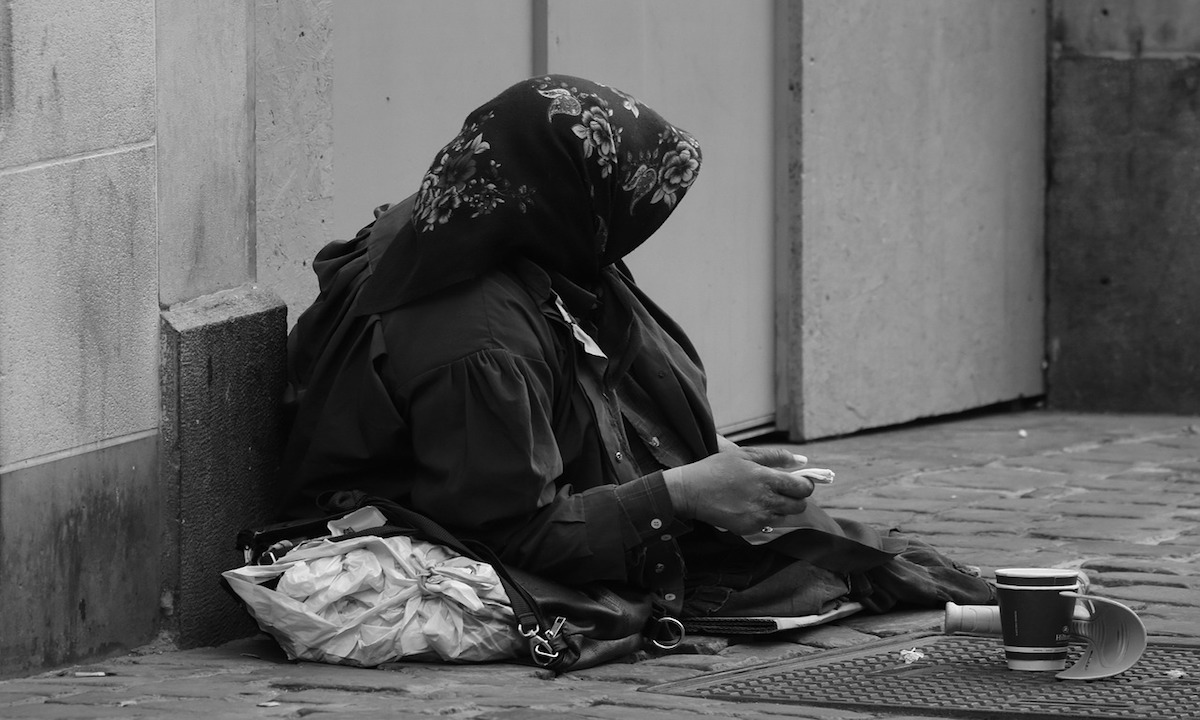Written by Ainsley Jackman
When it comes to the politics behind our stay-at-home orders, most people seem to have adopted a simple equation: more COVID-19 = stricter quarantine
Obviously, considering California’s on-again-off-again quarantine policy, this strategy isn’t working too well. This shouldn’t be a great surprise, as the virus isn’t going away anytime soon, and locking down for another month won’t do anything but delay the wave that comes when the state reopens.
This simple equation and the policies it has created neglect an issue far more complicated than the state of the virus, but one at least as important: the economy. And the effects of the lockdowns on the economy are far more severe and widespread than most people realize.
For example, a recent study from Johns Hopkins found that coronavirus-related lockdowns are contributing to the deaths of 10,000 children globally every month, and stunting the growth of 550,000 more. According to the study, “steep declines in household incomes, changes in the availability and affordability of nutritious foods, and interruptions to health, nutrition, and social protection services” are the cause of this extreme suffering.
In addition to deaths, the pandemic is causing more than 550,000 additional children each month to be struck by severe malnutrition, according to the UN https://t.co/07Y4OjODnz
— BNO News (@BNOFeed) July 27, 2020
These numbers are indicative of the massive poverty and food insecurity problem that COVID-19 shutdowns have created. Job loss, business dissolution, and more have caused a massive spike in household poverty.
The Johns Hopkins study continues to quote terrifying numbers: “Estimates from the International Food Policy Research Institute suggest that because of the pandemic an additional 140 million people will be thrown into living in extreme poverty on less than $1.90 per day in 2020. According to the World Food Program, the number of people in low and middle-income countries facing acute food insecurity will nearly double to 265 million by the end of 2020.”
The full quantification of such a huge and complex loss of life is difficult, but these numbers work as a powerful reminder that the most obvious problem—the disease itself—is not always the worst and that we must ensure that our attempts to solve the problem don’t instead exacerbate its effects.




